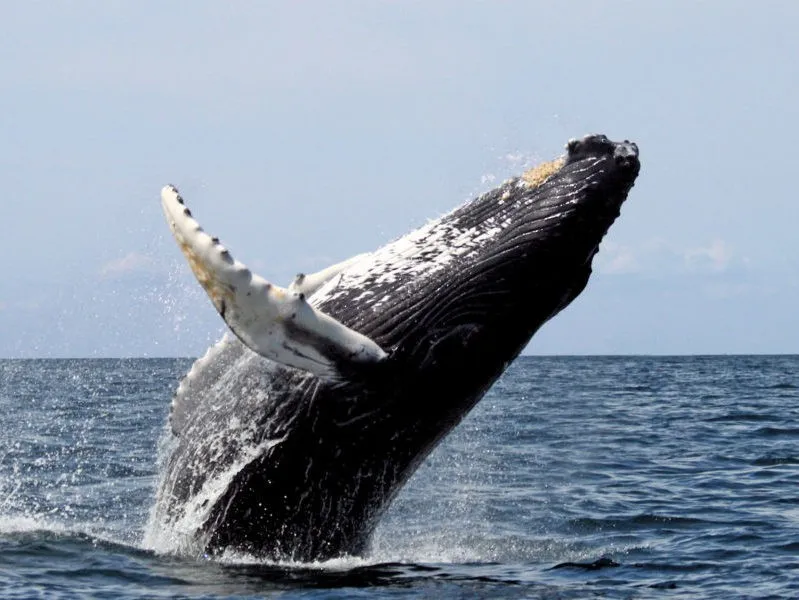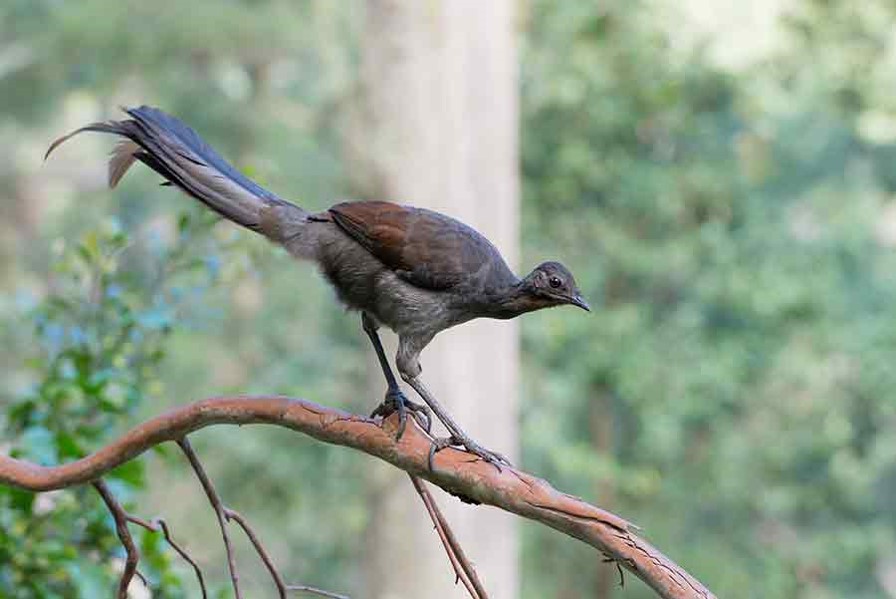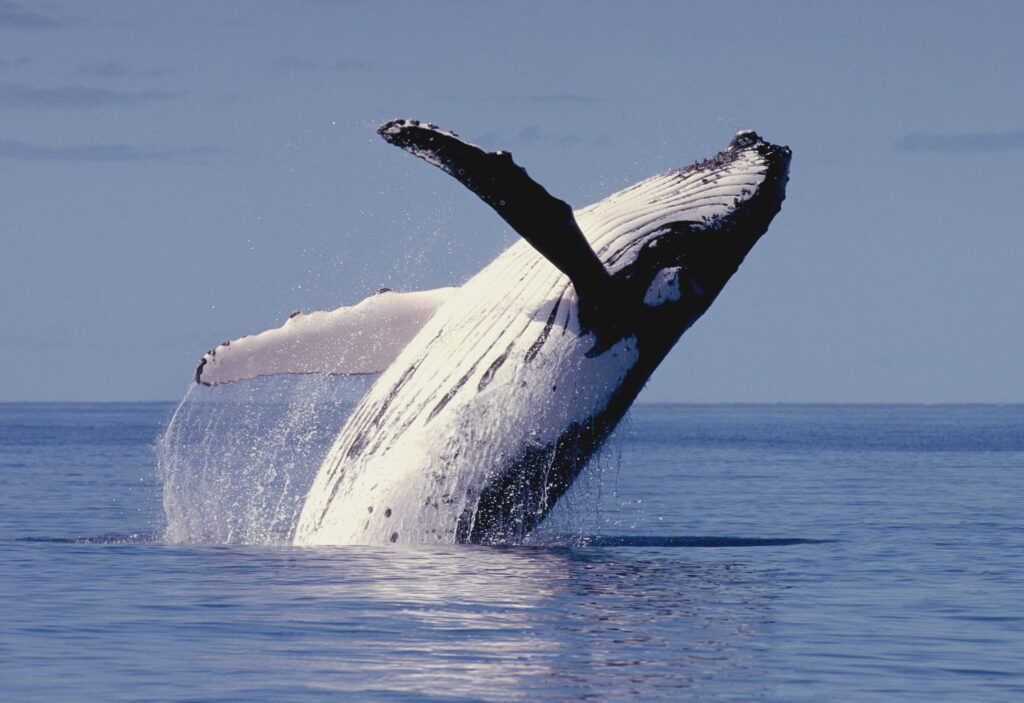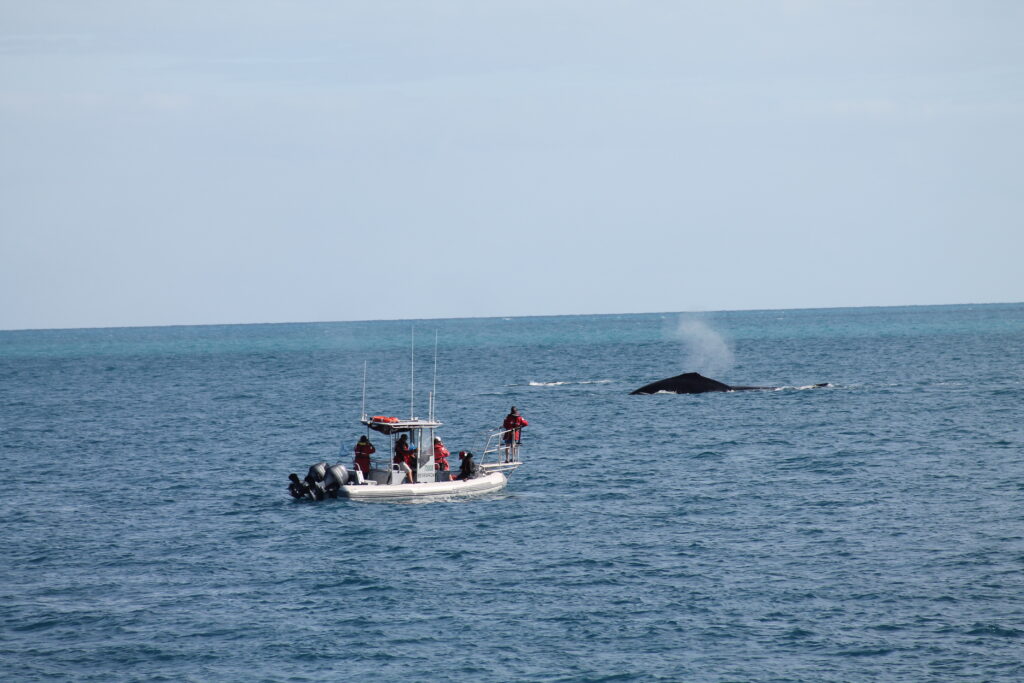Everyone has a good story

I had the privilege of interviewing half a dozen of Australia’s newest ecologists this week, after more than $1 million in funds for students were announced by the Ecological Society of Australia.
In speaking with just six of the 100 students who will share the Holsworth Wildlife Research Endowment, I realised that every one of them had a fascinating story to tell about their research. I wish I had the time to write 100 stories.
For example, Mr Tom Botterill-James, from the University of Tasmania, is investigating how female promiscuity influences conflict in families of lizards, to solve a mystery of evolution – that is, why animals cooperate when cheating helps the fittest survive.
‘A key question in evolutionary biology is that if the strongest survive through the selection of the fittest genes, why do animals cooperate?’ Tom told me. He said helping family members, who share genes with relatives, helps the survival of their genetic material. ‘I hope to use these unique family-living lizards to boil down the basis of the evolution of family life, and find the initial triggers for the evolution of family living.’

In another project, Mr Matheus Mello-Athayde, from the University of Queensland, is investigating whether a resilient coral found at the Great Barrier Reef can give hope for marine ecosystems under future global warming and acidification.
‘We’re all concerned about the devastating effects that climate change is having on reefs,’ he said. ‘I’m looking at a common coral that is resilient and trying to work out what it is that helps it do better than other species in the same areas, in the hope that this insight will help us protect reefs in the future.’
Ms Victoria Austin, from the Western Sydney University, is investigating why female lyrebirds mimic other species, and why some are better at it than others. She said the Holsworth grant will allow her to purchase equipment – including taxidermic models of predators such as goshawks, goannas and foxes – to investigate the function of female lyrebirds’ mimicry.
Victoria’s results may challenge how we think about the evolution of song and other vocalisations in birds. ‘It has long been held that song in songbirds is a result of females selecting the best males. But as females don’t need to attract males, the evolutionary pathway for females appears to be different to that of males. If we can use this species as a model to see how vocal mimicry evolved, it will have implications for our understanding of other species around the world.’

Ms Dana Cusano, from the University of Queensland, is studying what motivates whales to make social sounds, and whether it matters if the noise from increased shipping means they can’t hear each other.
‘We have no idea what whales are saying,’ said Dana. ‘I’m looking at motivational information to figure it out. If we can work out how whales use sounds, and how important their calls are, we’ll have a better idea about how shipping will affect them.’

That’s just a taste of the amazing research that’s underway in the field of ecology, and enhanced thanks to the funding announced this week.
The Holsworth Wildlife Research Endowment has supported more than 850 students since it was established by renowned ecologist, wildlife biologist and philanthropist Dr Bill Holsworth and his wife Carol in 1989. It is managed through a partnership with the Ecological Society of Australia.
The media release announcing the Holsworth Wildlife Research Endowment winners is at www.ecolsoc.org.au/.

Date Posted:
June 9, 2017
